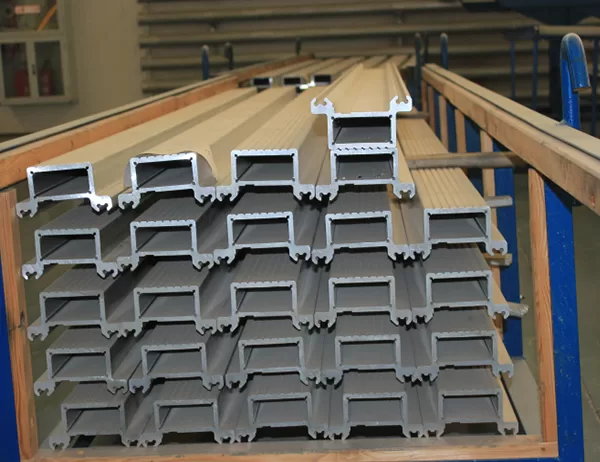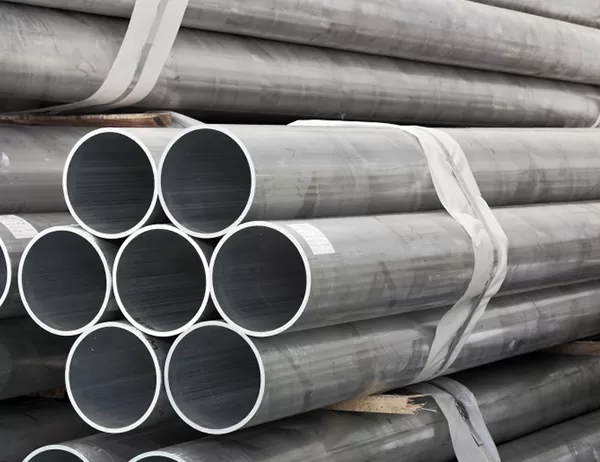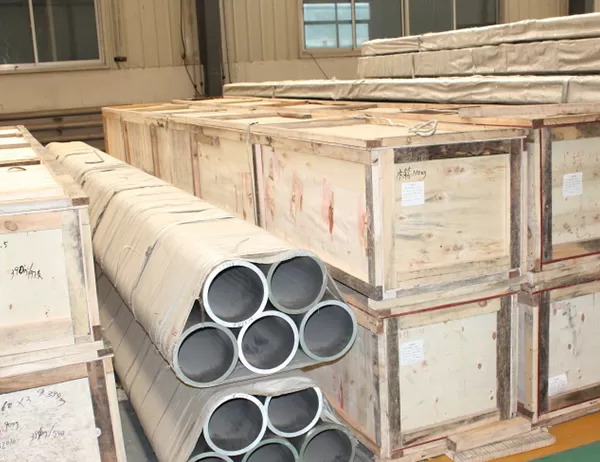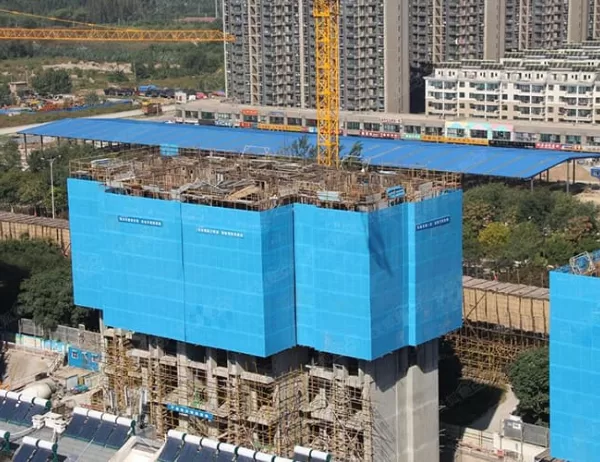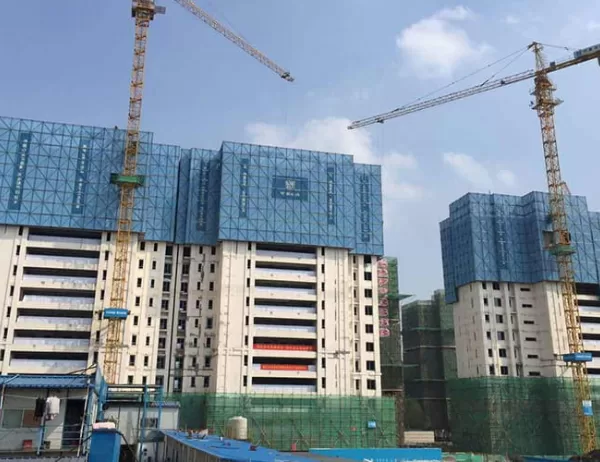Aluminum profile production, a critical industrial process, has significant environmental repercussions. The extraction, processing, and shaping of aluminum into profiles release harmful substances that can severely impact ecosystems and human health. This article examines the multi-faceted environmental impact of industrial aluminum profile production.
Aluminum production begins with bauxite mining, a highly disruptive process. Bauxite extraction destroys natural habitats, contaminates water sources with acid runoff, and generates large amounts of hazardous waste. The refining process involves converting bauxite into alumina, which also releases toxic chemicals and greenhouse gases.
The smelting process transforms alumina into aluminum by electrolysis. This energy-intensive process emits large quantities of perfluorocarbons (PFCs), potent greenhouse gases. Casting aluminum profiles generates additional emissions, including particulate matter, sulfur dioxide, and volatile organic compounds (VOCs).
Aluminum profile production produces significant amounts of wastewater contaminated with heavy metals, cyanides, and other toxic substances. Improper disposal of this wastewater can pollute water bodies and harm aquatic life. The process also generates solid waste, including sludge, spent electrolytes, and refractories, which require proper handling and disposal.
Industrial aluminum profile production is highly energy-intensive. The smelting process alone accounts for a substantial portion of the aluminum industry’s greenhouse gas emissions. These emissions contribute to climate change and its associated risks, such as rising sea levels, extreme weather events, and biodiversity loss.
The combustion of fossil fuels during smelting and casting releases pollutants into the air, including particulate matter, sulfur dioxide, and nitrogen oxides. These pollutants contribute to respiratory problems, cardiovascular disease, and other health issues. They also damage forests and agricultural crops.
Addressing the environmental impact of industrial aluminum profile production requires collaborative efforts. Implementing technologies that reduce energy consumption and emissions, such as closed-loop recycling systems and renewable energy sources, is crucial. Minimizing waste generation, improving wastewater treatment, and adopting eco-friendly production methods are also essential.
The environmental impact of industrial aluminum profile production is undeniable. It poses significant threats to ecosystems, human health, and climate stability. Mitigation strategies are urgently needed to minimize these impacts and ensure a more sustainable future for aluminum production. By implementing innovative technologies, improving practices, and promoting responsible stewardship, we can strike a balance between industrial development and environmental preservation.
